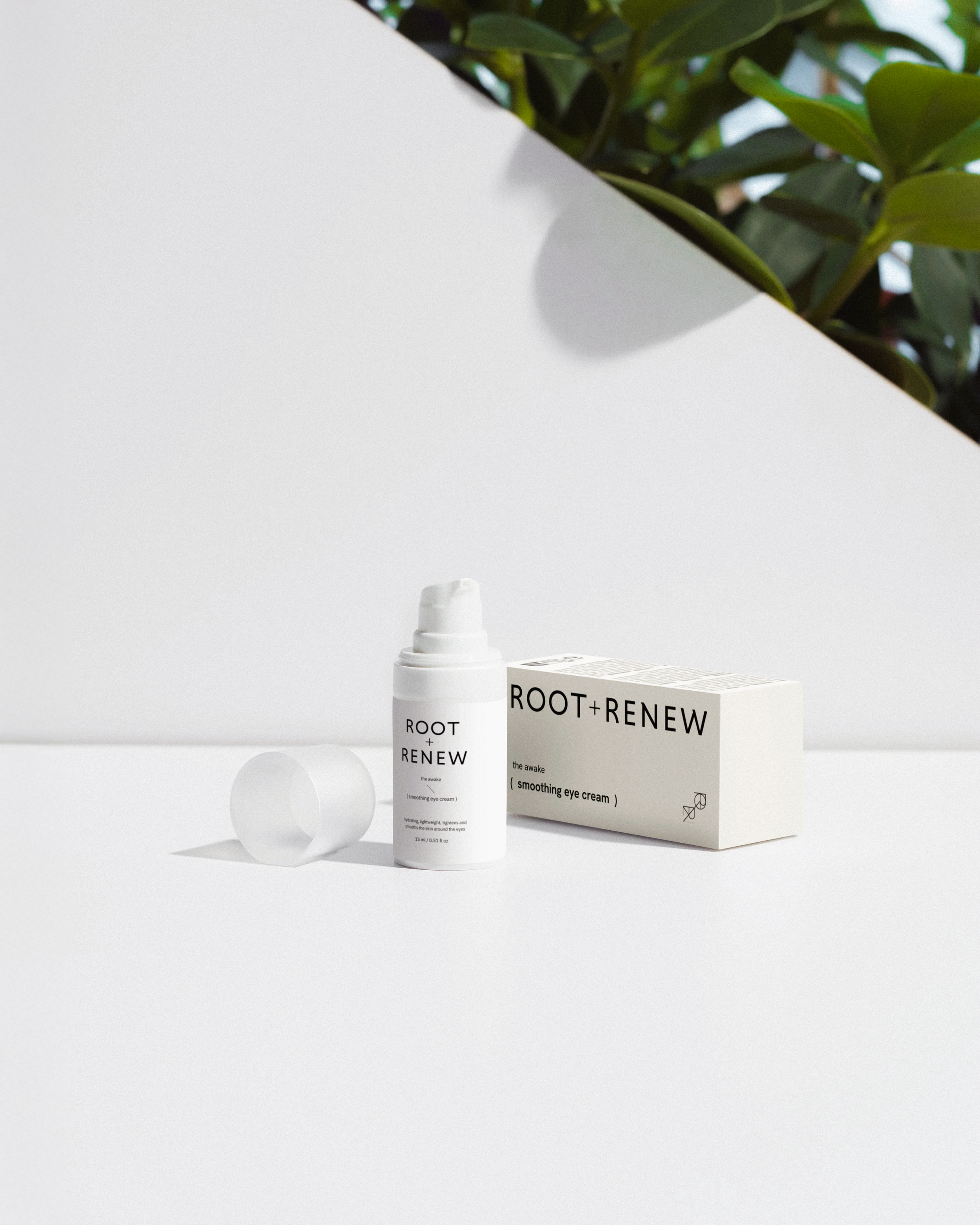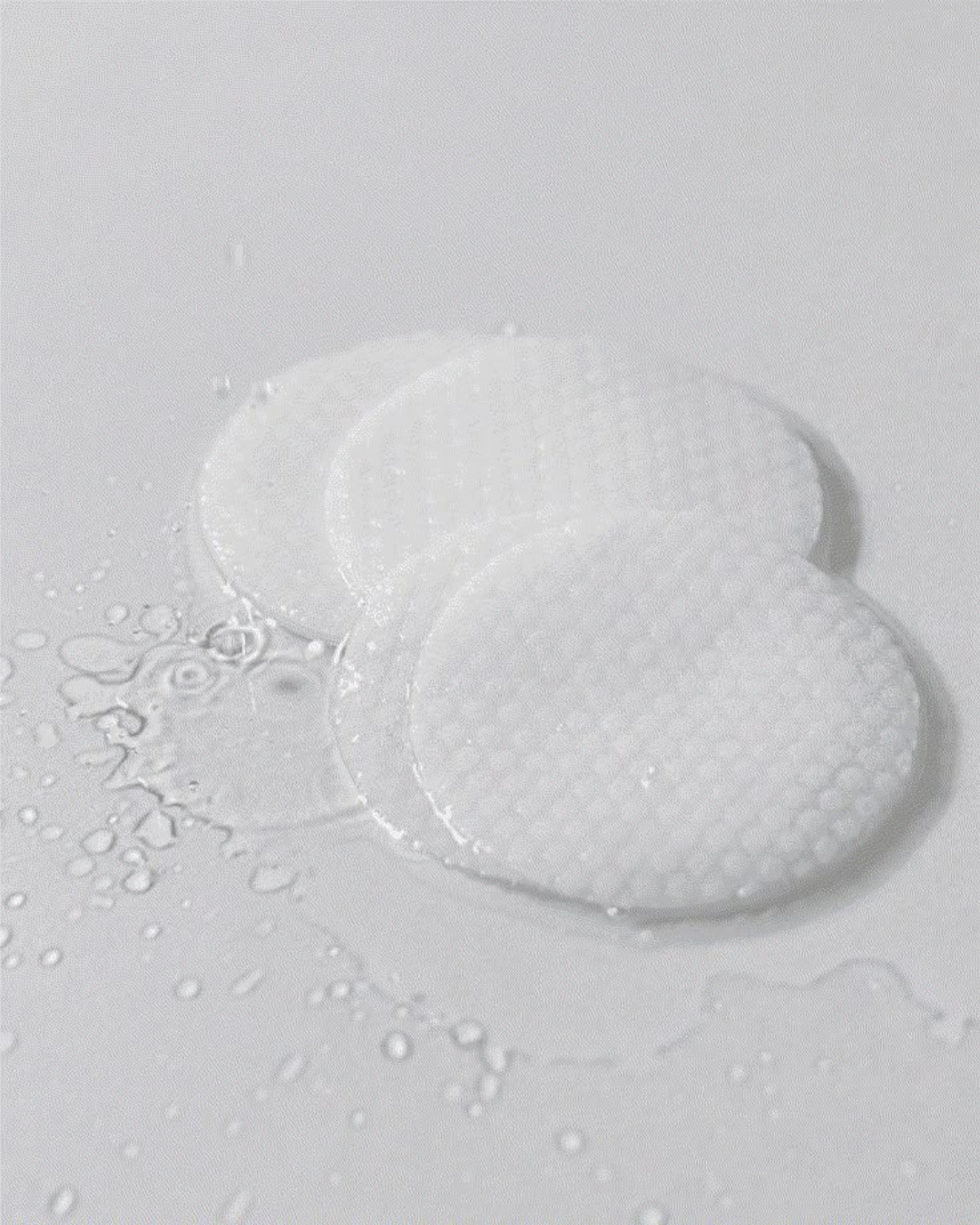If there’s one ingredient that deserves more hype, it’s ceramides. While Vitamin C and retinol often steal the spotlight, ceramides quietly do the heavy lifting to keep your skin strong, hydrated, and youthful. In fact, they may be the most important ingredient for maintaining a healthy skin barrier — and without that barrier, no serum in the world can save you.
Let’s dive into why ceramides matter, answer the most common questions, and show you how to use them in your routine.
What Do Ceramides Do for Skin?
Ceramides are lipids (fats) that naturally occur in your skin. They make up about 50% of the skin’s moisture barrier, the layer that locks hydration in and keeps irritants out. Think of them as the glue that holds your skin cells together.
When your barrier is healthy, skin feels smooth, plump, and resilient. When it’s damaged (from harsh actives, over-exfoliation, or environmental stress), water evaporates faster, known as trans-epidermal water loss (TEWL) — leading to dehydration, tightness, irritation, and more visible fine lines.
Without enough ceramides, your skin is basically like a wall with crumbling mortar: easy for bacteria, pollutants, and allergens to sneak in. No wonder barrier repair always starts with replenishing ceramides.
Is Ceramide Better Than Hyaluronic Acid?
Ceramides and hyaluronic acid aren’t rivals — they’re teammates. Here’s the difference:
-
Hyaluronic Acid (HA) is a humectant, which means it attracts water into your skin. It’s great for instant plumpness and hydration.
-
Ceramides are emollients, meaning they strengthen the barrier and lock hydration in, preventing water from escaping.
If you use HA without ceramides, your skin may still lose water if the barrier is weak. But when you combine the two, it’s a hydration power couple: HA pulls water in, and ceramides keep it there. So it’s not about which is better — it’s about using them together.
What Are the 3 Essential Ceramides?
Dermatologists often talk about three core ceramides that are crucial for barrier health:
-
Ceramide 1 (EOS) – Helps maintain barrier integrity.
-
Ceramide 3 (NP) – Reduces dryness and flaking.
-
Ceramide 6-II (AP) – Improves elasticity and smoothness.
Many barrier-repairing moisturizers and serums highlight these specific ceramides in their ingredient lists. Products like CeraVe are famous for including all three, but you’ll also find them in more elevated skincare lines that focus on barrier support.
What Not to Mix with Ceramides
Here’s the good news: ceramides are super versatile and generally play well with almost every skincare ingredient. You can pair them with retinoids, Vitamin C, AHAs, BHAs, peptides — you name it.
But there are two things to keep in mind:
-
Harsh alcohols and strong exfoliants can undo the repairing work ceramides are doing. If you’re using potent actives (like tretinoin or glycolic acid), balance them with ceramide-rich products.
-
Don’t rely only on ceramides. They’re barrier-builders, not exfoliants or antioxidants. They need to be part of a routine, not your entire routine.
Why You Should Care About Ceramides
Barrier health has become a buzzword in recent years, but it’s long been a cornerstone of Eastern skincare. Instead of over-treating the skin, many Asian beauty philosophies prioritize preserving the barrier first. This is one reason why skin in those regions often appears smoother and healthier.
Science backs it up: studies show that when people use ceramide-rich products before starting actives like tretinoin, they experience less irritation and adjust faster to the treatment. And because ceramides also stimulate collagen production, they’re not just about hydration — they’re a powerful anti-aging tool too.
How to Use Ceramides in Your Routine
Adding ceramides is simple:
-
Look for moisturizers or serums that list ceramides in the ingredients.
-
Apply after lighter serums (like hyaluronic acid or niacinamide) and before SPF in the morning.
-
Use generously at night to let them repair while you sleep.
A few cult favorites include the The Overnight Hero (great for acne-prone skin) and The Awake Soothing Eye Cream.
The Takeaway
Ceramides may not be flashy, but they’re essential. They rebuild the skin barrier, lock in hydration, and even support collagen for anti-aging benefits. Without them, all the serums in the world won’t work as effectively.
-
What do ceramides do? Strengthen your barrier and prevent water loss.
-
Better than hyaluronic acid? They’re different — but together, they’re unstoppable.
-
Three essential ceramides? Ceramide 1, 3, and 6-II.
-
What not to mix with ceramides? Nothing major — just avoid overdoing harsh actives.
Bottom line: if you want healthy, glowing, resilient skin, ceramides are non-negotiable.







